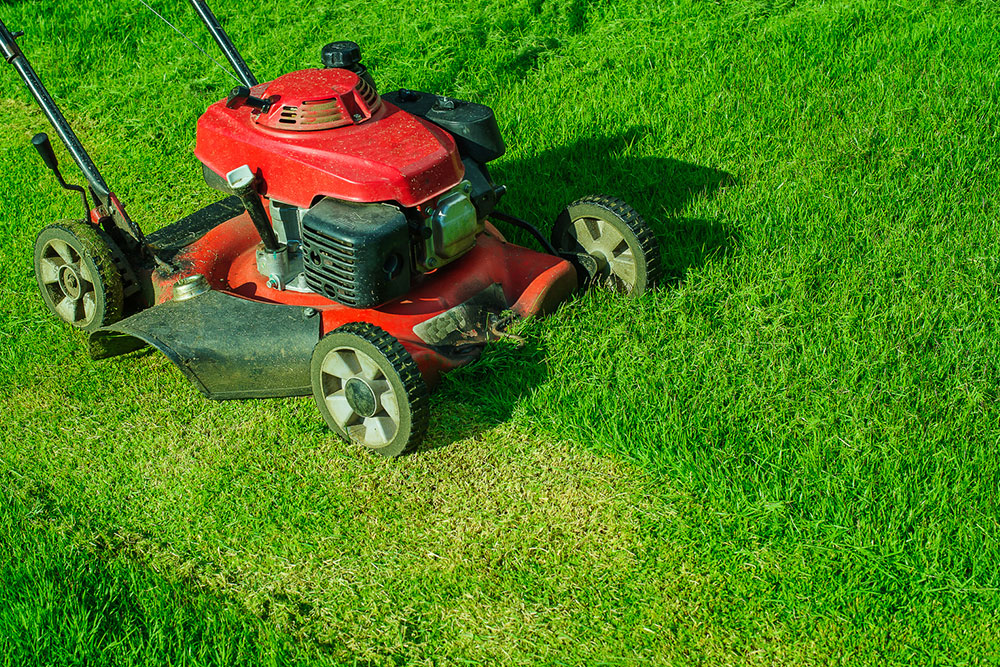
Effective Tips to Care for Your Lawn
A healthy lawn promotes healthy organisms while preventing erosion and filtering rainwater contaminants. Lawns also absorb water, which helps in reducing storm runoff and improves water quality. Above all, lawns are where people and pets can play outside the house. One essential way of developing a healthy lawn while deterring weeds, insects, and diseases is to reduce the dependence on chemical fertilizers. If there is a need to fertilize with green treatments more than once in a year, then other ways to improve the natural health of the lawn should be considered, such as the following:
1. Soil improvement
Lawns grow best in loamy soils that have a mix of sand, silt, and clay. Excess clay in the soil mix will compact the soil and prevent air and the flow of nutrients. The soil should be tested for pH levels to check if it is acidic. It also tests the nutrient levels of the lawn. All types of soil will benefit from organic matter such as compost and grass clippings.
2. Chose locally adapted grass
Grass types vary according to climate, the amount of water and nutrients they require, how much shade they can tolerate, and also the extent of wear they can withstand.
3. Aeration
Annual aeration of the lawn is necessary when the soil is clayey or compacted. Healthy soil should necessarily have pour space that allows the circulation of water, nutrients, and air. Aeration recreates these important spaces by removing plugs of finger-sized soil throughout the lawn. Always aerate the lawn before top dressing and fertilizing.
4. Mowing
As a rule, mowing more than one-third of the grass is not advised. When the cut is too short, the surface roots become exposed and the soil dries out faster, thereby reducing aeration. The lawn can be cut to about two inches once the lawn has finished growing for the season. By doing this, the risk of mold build-up during winter gets minimized.
5. Watering
Though watering is good for the lawn to develop deep root systems and to be more drought-resistant, the thumb rule is to allow the lawn to dry out before rewatering.
6. Overseed the lawn
Adding grass to an existing lawn is a process known as overseeding. It helps in filling up thin or patchy areas of grass. It is recommended for overseeding to be done in spring and fall when the soil is warm. After sowing, the seeds must be kept moist to encourage germination. After they have sprouted, the normal watering schedule can be followed.
7. Thatch build-up control
An accumulation of above-soil runners propagated by the grass is known as thatch. Excess amount of thatch prevents water and nutrients from reaching the grassroots. Aeration helps to bring microorganisms to the surface which will eat most of the thatch.
8. Regular inspection for pests
Pests affect the health of the lawn. Moles are notorious at wrecking turf grass. Using granular mole repellent or a sonic mole repellent are some methods that can help drive the pests away.



